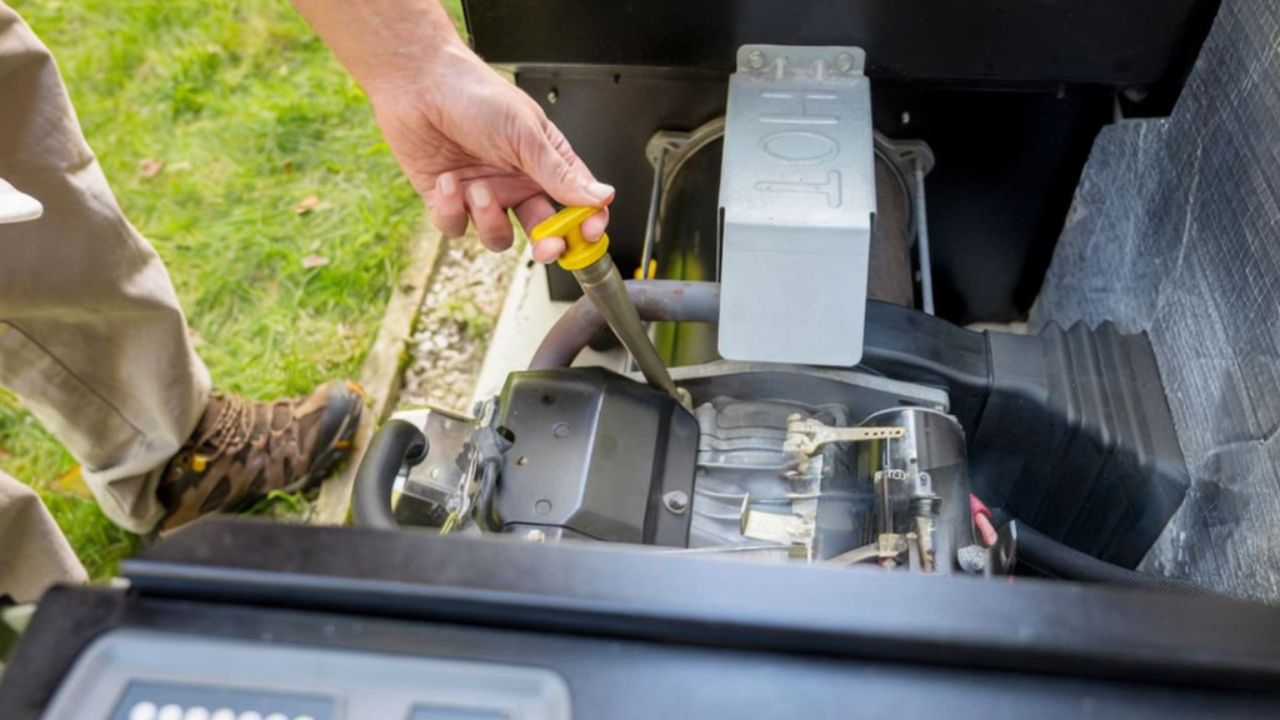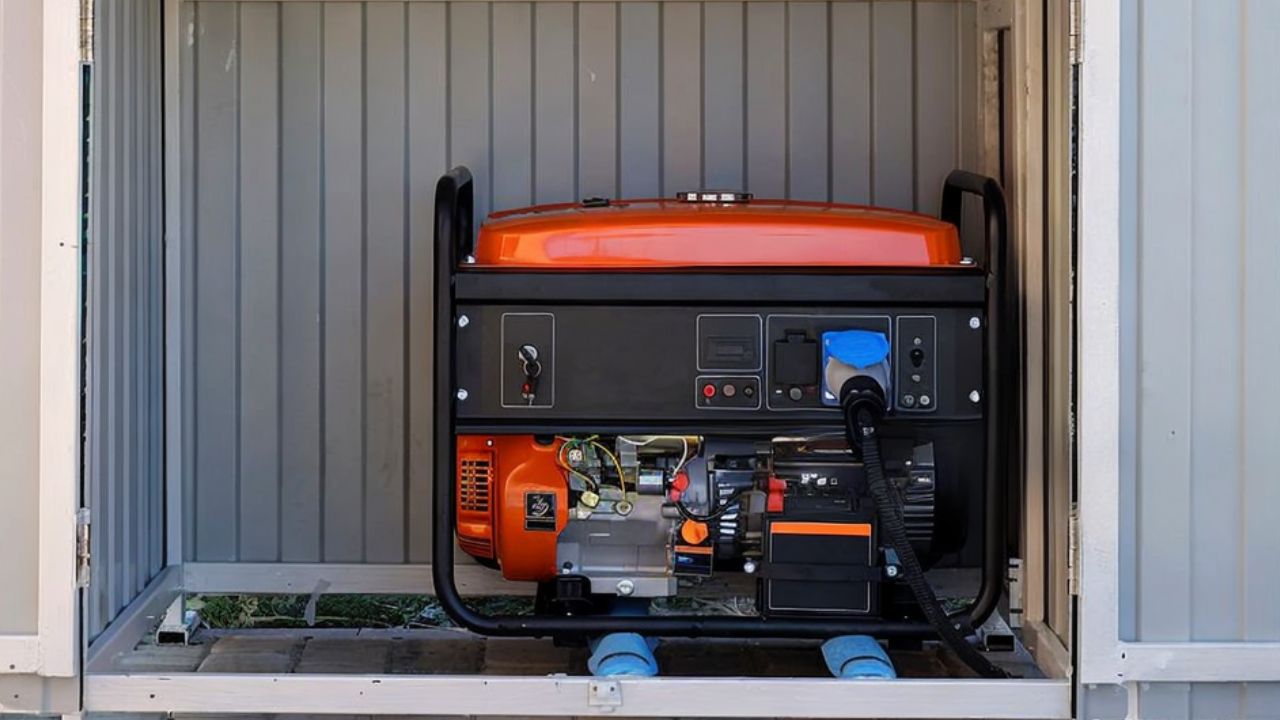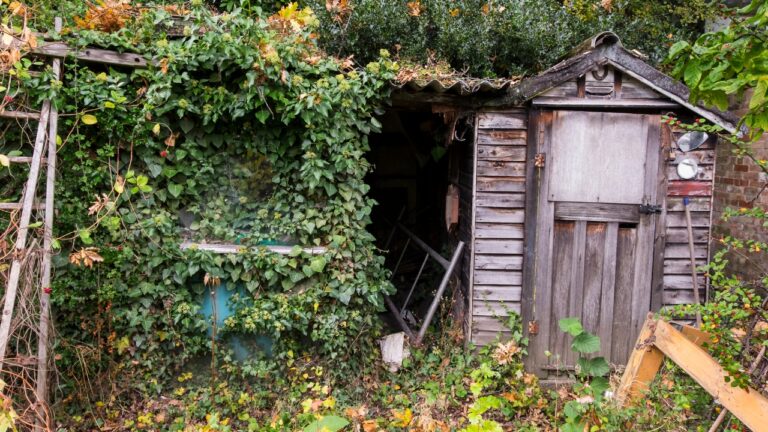Your cheap generator isn’t built to handle this — but most people don’t realize it
When the power goes out, most people are just grateful to hear that little engine start up. The lights flicker on, the fridge hums again, and everything feels fine—for a while. But what a lot of people don’t realize is that cheaper generators can’t handle what we ask of them long-term. They’re built for convenience, not endurance.
If you’ve ever wondered why your generator seems to struggle, stall, or wear out faster than it should, it’s not just bad luck. There are limits built into those smaller units that most people don’t understand until it’s too late.
Cheap generators aren’t meant for continuous load
Most lower-end generators are designed for short bursts of use—like running a few lights or power tools for a few hours. They can’t sustain heavy loads for long periods, especially if you’re powering major appliances or your whole house during an outage.
When you overload a generator, even slightly, it runs hotter and burns through components faster. The voltage fluctuates, the engine strains, and before long, it starts running rough or shutting off altogether. That’s not a fluke—it’s a sign the machine’s working beyond what it was built to do.
If you’re planning to run a generator for days at a time, you need one that’s rated for continuous output. Those models cost more upfront, but they’re built for the kind of steady power most families actually need in an emergency.
Poor voltage regulation can ruin sensitive electronics
A lot of people don’t realize their cheaper generator is producing “dirty power.” The voltage output can swing wildly under load, and that’s bad news for anything with sensitive electronics—TVs, computers, modern refrigerators, or even newer furnaces.
The cheaper the generator, the less stable the power. That instability can fry circuit boards or shorten the lifespan of anything plugged into it.
If you’re relying on a generator to power sensitive devices, look for one that’s inverter-based or has built-in voltage regulation. The cleaner the current, the safer your equipment will be.
Fuel efficiency drops fast under stress
In theory, your generator’s runtime might look good on the box—“10 hours on a full tank.” But those numbers are based on a light load under perfect conditions. Once you start pulling close to capacity, fuel efficiency drops sharply.
That means more refills, more gas stored on hand, and more chances for something to go wrong. If you’re in a situation where fuel is limited, a cheaper generator running at full throttle is one of the fastest ways to burn through what you’ve got.
The smarter approach is to match your generator size to your actual usage. A midrange or higher-end generator with a fuel-efficient engine will use less gas to do the same amount of work—and last longer while doing it.
Low-quality materials mean faster wear and tear
The biggest difference between a budget generator and a reliable one isn’t always power—it’s build quality. Cheap models are made with lightweight materials that don’t handle vibration, heat, or long runtime well.
Plastic fuel tanks warp. Thin wires loosen. Cheaper bearings and bushings start breaking down after a few uses. You can clean and maintain them all you want, but eventually, the parts themselves give out.
Higher-quality generators use cast frames, heavier wiring, and better engines for a reason—they’re made to run consistently without shaking themselves apart.
Maintenance makes or breaks them

Even the best generator won’t hold up if you neglect it, but lower-end ones are especially unforgiving. Skip an oil change or let old fuel sit too long, and it’ll start showing symptoms fast—hard starts, sputtering, or voltage drops.
A lot of people assume generators are “set it and forget it,” but they’re engines like any other. They need oil, clean filters, and a good run every few weeks to stay reliable. The cheaper the model, the less tolerance it has for neglect.
If you only pull it out once a year during a storm, it’s probably struggling before it even starts.
They’re not built for bad conditions
In theory, a generator should be able to handle tough weather—it’s an emergency tool, after all. But many cheaper models aren’t sealed well against dust, moisture, or debris. If you’re running one in rain, wind, or heat, it can easily take in water or dirt that wrecks the internals.
Outdoor-rated models with proper housing and ventilation systems are designed for that kind of abuse. Budget generators might look similar, but inside, they’re not built the same way.
You can’t safely hook them up to everything
One of the biggest mistakes people make is trying to run a whole house off a portable generator. Without a proper transfer switch, you risk backfeeding electricity into the grid, which is dangerous for you and for utility workers.
Even aside from safety, most low-end generators simply don’t have the wattage to handle full household systems. Running central air, water heaters, or heavy appliances can trip the breaker or burn out the generator altogether.
A standby generator or larger portable unit wired correctly can handle that load safely and efficiently—but that’s an upgrade most people don’t consider until their smaller one fails.
They’re noisy for a reason
That loud, rattling hum most cheap generators make isn’t just annoying—it’s a sign of inefficiency. Lower-end models lack proper insulation, balanced engines, and exhaust systems that minimize vibration. That noise is wasted energy.
It’s also one of the first things you’ll regret during a long outage. The constant drone makes it hard to sleep, and in rural areas, it can attract unwanted attention or wildlife. Quieter models are more expensive because they’re built better—thicker housings, smoother engines, and more precise tolerances.
You’ll outgrow it faster than you think
Most people buy a cheap generator for “short-term emergencies.” Then they use it more often than they planned—for storms, power tools, camping, or even backup for a well pump. Over time, the workload keeps growing, and the small unit can’t keep up.
By the time you realize you need more power, you’ve already spent years maintaining a machine that was never meant for what you’re doing. It’s smarter to plan for your future needs instead of buying for convenience today.
A reliable generator is an investment, not a luxury

At the end of the day, a good generator isn’t about bragging rights—it’s about security. A quality unit runs quietly, burns fuel efficiently, and can power what you actually need without breaking down under pressure.
Yes, you’ll spend more upfront. But that extra cost buys peace of mind, longevity, and reliability when it matters most. If your generator has to run your home, your well, or your livelihood, it’s not the place to go cheap.
When storms roll in or the grid goes down, that’s not the time to learn your equipment’s limits. A cheap generator might get you through a few hours—but if you’re relying on it for days, you need something that’s built to last.
Like Fix It Homestead’s content? Be sure to follow us.
- I made Joanna Gaines’s Friendsgiving casserole and here is what I would keep
- Pump Shotguns That Jam the Moment You Actually Need Them
- The First 5 Things Guests Notice About Your Living Room at Christmas
- What Caliber Works Best for Groundhogs, Armadillos, and Other Digging Pests?
- Rifles worth keeping by the back door on any rural property
*This article was developed with AI-powered tools and has been carefully reviewed by our editors.







